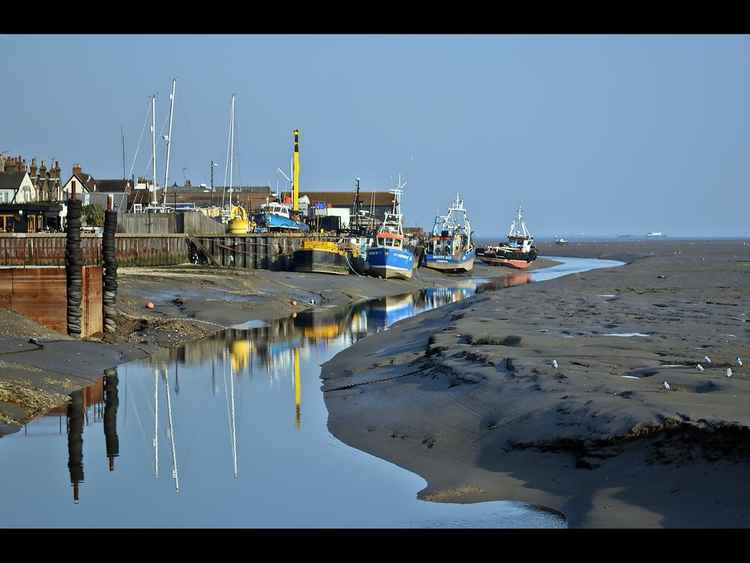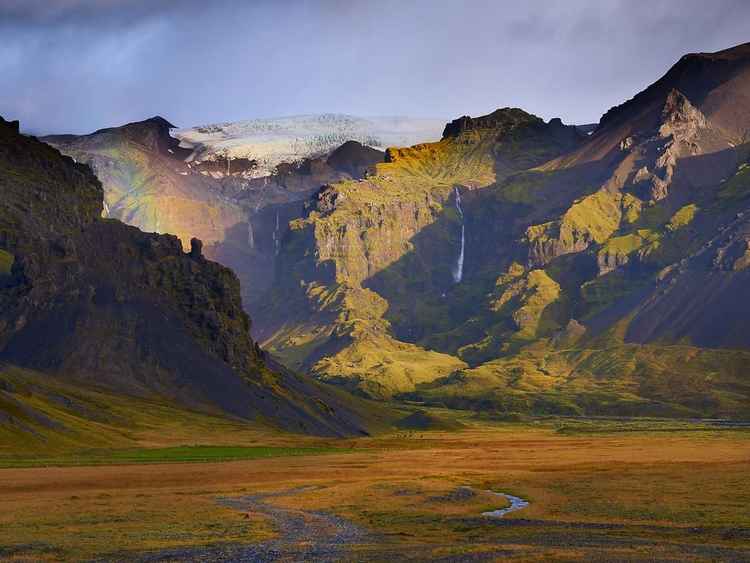More tips from borough's camera club as it gets ready for centenary celebration
By Guest
5th Jul 2021 | Local Features



IN the latest monthly contribution from Thurrock Camera Club, Nub News readers are given advice about composition by experts from the club, which is moving ever closer to its centenary celebrations which will start in September.
In this month's tip we offer some ideas to help readers capture and or improve landscape images.
When photographing Landscapes or seascapes, one of the primary considerations is to think about the nature and location of the horizon in the picture.
One of the most distracting things for a viewer of a landscape scene or seascape is a crooked horizon. Therefore, when composing your image and looking at the scene, try to take a moment and straighten any horizon lines in the frame before pressing the shutter release. Many cameras and phones now have built in aids in the form of grid functions that you can use to help make sure you have straight horizons lining them up with the that horizontal lines within the grid.
Another thing to consider is to try to avoid placing the horizon line in the centre of your images, as these pictures will generally be considered as a snapshot rather than a carefully considered composition and can be quite dull to a viewer. Instead decide on the thing within the picture that you want to emphasise, usually the sky or the ground and look to capture more of this area in your photo.
If you have a great looking sky it is recommended to place your horizon line at about the bottom third of the scene to afford more emphasis on the sky. Similarly if the ground contains the most interest place the line on the point at the top third of the image.
If the sky is particularly dull and uninteresting, you can adopt a different approach and place the horizon line at the top 1/8 of the image so that the viewer's attention is not drawn towards the sky
Also it is usual when capturing landscape images that you will want as much of the scene to be in focus as possible. Therefore it is recommended that you employ a high f-stop number to maximise your depth of Field (see previous tip on Depth of Field)
To add some further interest to your photograph, when composing your image, try to see if you can include something in the foreground to give the viewers some additional elements to consider in different parts of the scene.
Another key feature in producing interesting landscape images is the lighting of the scene. While having good or appropriate lighting is important in all types of photography, effective lighting is one of the most important elements that you will require to produce good quality landscape images.
The brightness of midday or afternoon sun can be quite detrimental to producing interesting photographs. Therefore, it is really worthwhile getting up early to catch the morning light as usually skies at this time of day are clearer and the lack of haze in the atmosphere will help to produce a better quality of light and also potentially interesting shadows. Similarly late afternoon or early evening , depending on the time of sunset, can usually provide softer lighting that may be beneficial.
Other ideas for producing an interesting landscape scene, as mentioned in a previous tip is to look for leading lines within the scene that will draw the viewer's eye into the scene within your image. Alternatively, to add something extra to the image, see if it possible to frame your scene at the top or the sides with something such as tree branches to help draw your viewer's attention to the key elements of your scene.
Finally don't be afraid to look at using your camera in a portrait format. Just because it's called a landscape doesn't mean that you can't present your photograph in an alternative perspective that might better suit your subject matter e.g. to illustrate height of the main subject within the image.
In the example image, Leigh Creek, the photographer has utilised the leading line of the water to draw the viewer's eye into the scene and also captured the reflections of the boat masts to give some balance to the image and provide some foreground interest.
In the 2nd example, Stanage Edge, the photographer has concentrated the viewer's focus on the rocky promontory to show off its form and texture and also using it to draw the viewers attention to the people on the edge. The rocks and land make up the majority of the image rather than the sky which has been limited to the top 8th of the image as it is fairly bland..
In the final image, Waterfall at the end of the rainbow, the photographer has captured the scene in some very sympathetic lighting to enhance the impact of the image. There are also some subtle leading lines along the path to draw the viewers eye into the scene. The overall composition has been carefully chosen, with a significant foreground element and a restricted portion of the image afforded to the sky as this isn't the focus of the scene.
This approach also helps to provide the viewer with some sense of the size of the mountains in the background.
Previous tips include:
If anyone would be interested in finding out more about the club and/or membership, there is a Facebook Group, entitled Thurrock Camera Club which presents details of upcoming events and other photography related articles and the club also operates a website with a contact page here.
Club members are always keen to share their work and you can view more images produced by them via this link.
New thurrock Jobs Section Launched!!
Vacancies updated hourly!!
Click here: thurrock jobs
Share:





